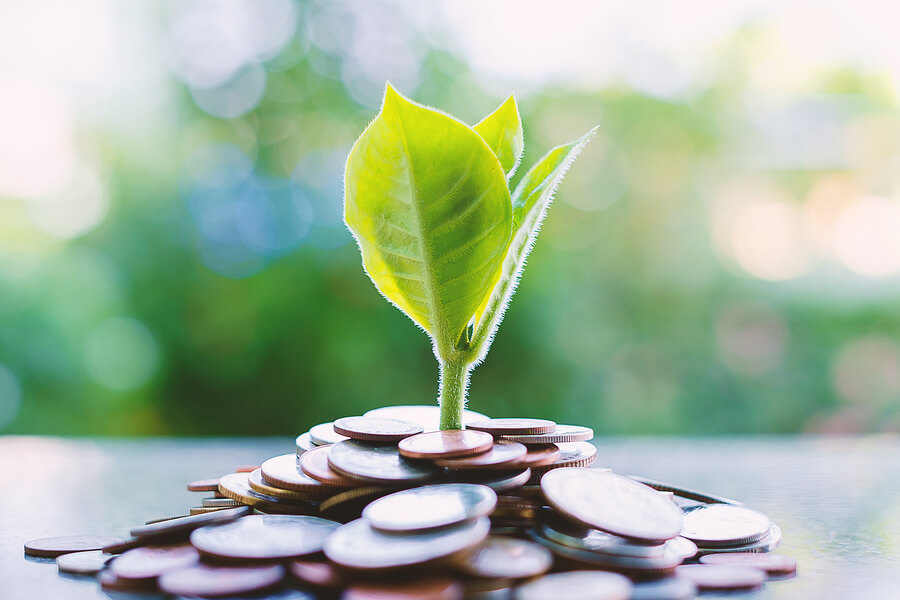Companies love to talk about how eco-friendly they are. They slap “green,” “sustainable,” and “eco-conscious” labels on their products, hoping to attract environmentally aware consumers. But how much of this is real, and how much is just marketing?
Greenwashing—the practice of misleading consumers into believing a company or product is environmentally friendly—is more common than you think. Some companies exaggerate their efforts, while others flat-out lie. Understanding how businesses mislead people about sustainability is crucial if you want to make informed choices.
What Is Greenwashing?
Greenwashing is when a company pretends to be more environmentally responsible than it actually is. It’s a marketing strategy designed to make customers feel good about buying a product that may not be sustainable at all.

A company engaging in greenwashing may:
- Use vague or misleading labels like “all-natural” or “eco-friendly” without proof.
- Promote a single green initiative while ignoring the rest of their harmful practices.
- Display nature-themed packaging to appear environmentally conscious without any real changes.
- Claim certifications or eco-labels that are not backed by legitimate environmental organizations.
The goal is simple: attract customers who care about the planet without actually making meaningful environmental improvements.
How Companies Greenwash Their Products
- Misleading Labels and Buzzwords
Many brands use vague terms that sound environmentally friendly but have no real meaning. Words like “natural,” “non-toxic,” and “green” are commonly used on packaging without any clear standards or certifications.
For example, a shampoo bottle may claim to be “100% natural”, but that doesn’t mean it’s free of harmful chemicals. In many cases, only one or two natural ingredients are included while the rest are synthetic.
A common trick is using “biodegradable” labels on products without explaining how long they take to break down. Some plastics labeled biodegradable still take years to decompose under normal conditions.
- Fake Certifications and Unverified Claims
Legitimate environmental certifications exist, but some companies create their own eco-labels to mislead consumers. Others slap on real certifications that only apply to a small part of their product rather than the entire process.
For example, a company may say their packaging is made from “100% recycled materials,” but the actual product inside is made using harmful chemicals or unethical labor practices.
To spot fake certifications, look for trusted labels like:
- Energy Star (for energy-efficient appliances)
- USDA Organic (for certified organic food)
- Fair Trade Certified (for ethical sourcing)
- FSC Certified (for responsibly sourced paper and wood)
If a company’s certification isn’t widely recognized or seems made up, it might be a greenwashing tactic.
- Highlighting One “Green” Aspect While Ignoring the Rest
Another common trick is focusing on one minor green feature while hiding major environmental harm elsewhere. A company might advertise its use of recyclable packaging while continuing to produce high amounts of waste and pollution.
A good example is fast fashion brands that release “eco-friendly collections” made from organic cotton. While they may promote this as a sustainability win, the industry as a whole is responsible for huge carbon emissions, water waste, and unethical labor practices.
Oil companies are another example. Some invest in renewable energy projects and advertise these efforts while continuing to extract fossil fuels at record rates. This creates the illusion of sustainability while actual environmental harm continues.
- Exaggerating Carbon Offsets
Many companies claim to be “carbon neutral” by purchasing carbon offsets. This means they invest in projects like tree planting or renewable energy to counteract their emissions. While carbon offsets can help, they don’t always balance out the real environmental damage caused by businesses.
For example, an airline may claim to be carbon neutral because it invests in reforestation. However, the trees they plant won’t absorb the amount of carbon needed for decades—while planes continue emitting CO2 into the atmosphere immediately.
Companies also manipulate carbon offset data by funding low-impact projects that look good on paper but have little real-world effect. Just because a company offsets emissions doesn’t mean they’ve reduced their overall pollution.
- Using Green Imagery to Mislead Consumers
Sometimes, a company doesn’t even need to make a specific green claim—they just use branding tricks to make consumers associate their product with sustainability.
This could include:
- Packaging in earthy tones (green, brown, or blue) to mimic eco-friendly branding.
- Using images of forests, animals, or water to imply a connection to nature.
- Putting leaves or “eco” symbols on labels without any real proof of sustainability.
These visual tactics make products feel green without actually being sustainable. A plastic water bottle with a picture of a mountain and a leaf isn’t necessarily better for the environment than a plain plastic bottle.
- Lobbying Against Environmental Regulations
One of the most deceptive ways companies mislead consumers is by publicly supporting green initiatives while secretly working against them.
Some corporations fund environmental programs to build a good reputation, but at the same time, they lobby against stricter pollution laws, emission standards, or sustainability regulations.
For example, some major food and beverage companies promote “sustainable sourcing” while fighting laws that limit plastic production. This allows them to look eco-friendly while actively preventing policies that would force them to make real changes.
How to Avoid Being Fooled by Greenwashing
Understanding greenwashing is the first step, but what can consumers do to make sure they’re supporting truly sustainable businesses?
- Read the Fine Print
If a company claims to be eco-friendly, carbon neutral, or sustainable, look for specific details on how they back up these claims.
- Do they provide scientific proof or third-party certification?
- Is their commitment to sustainability transparent and measurable?
- Do they have a history of improving environmental practices?
If the answer is no, their green claims might be just for show.
- Research the Brand’s Overall Impact
Don’t just look at the specific product—look at the company’s entire track record. If a business promotes one green initiative but has a history of environmental harm, they might be using sustainability as a distraction.
Websites like Good On You, Ethical Consumer, and Greenpeace’s company rankings can help you check a brand’s real environmental impact.
- Support Truly Sustainable Brands
Instead of trusting the biggest companies with the loudest marketing, look for brands that prioritize sustainability from the start. Small businesses and ethical companies often invest in real solutions rather than just advertising green credentials.
- Be Skeptical of “Too Good to Be True” Claims
If a product sounds too perfect, it probably is. Real sustainability efforts take time, money, and effort—companies that make bold claims with little evidence are often greenwashing.
Greenwashing is everywhere, but knowing how to spot it can help you make better choices. When companies truly care about the environment, they don’t just use buzzwords—they show real, measurable action.

